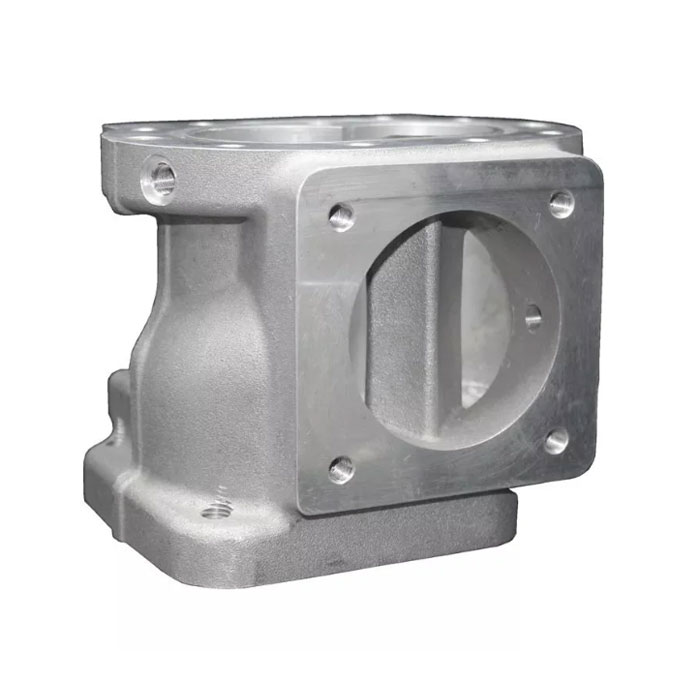What are the factors affecting investment casting?
2024-07-04
Investment casting, also known as lost-wax casting, is a precision casting process used to create intricate metal components. Several factors can affect the quality and efficiency of investment casting. Here are some key factors to consider:

1. Pattern Creation
- Material Quality: The quality of the wax or pattern material affects the precision of the final casting. Poor-quality materials can lead to surface defects and dimensional inaccuracies.
- Pattern Design: Complex or poorly designed patterns can cause difficulties in mold creation and increase the likelihood of defects.
2. Mold Preparation
- Ceramic Slurry Composition: The composition and properties of the ceramic slurry used to create the mold shell are crucial. Proper slurry viscosity and stability are essential for a smooth and uniform coating.
- Drying and Hardening: The drying and hardening process of the ceramic shell must be controlled to prevent cracking and ensure adequate strength.
3. Wax Pattern Assembly
- Assembly Accuracy: Precise assembly of wax patterns onto a tree (sprue) is necessary for uniform metal flow and to minimize defects.
- Vent and Runner Design: Proper design of vents and runners ensures smooth flow of molten metal and helps prevent defects like air pockets and incomplete filling.
4. Burnout Process
- Controlled Heating: The burnout process must be carefully controlled to completely remove the wax without damaging the ceramic shell. Incomplete wax removal can lead to surface defects and contamination.
- Temperature and Time: The temperature and duration of the burnout process need to be optimized for different wax materials and mold sizes.
5. Molten Metal Handling
- Metal Temperature: The temperature of the molten metal must be carefully controlled to ensure proper flow and filling of the mold. Too high or too low temperatures can cause defects such as porosity, shrinkage, and incomplete filling.
- Pouring Technique: The pouring speed and technique can affect the quality of the cast. Turbulent pouring can introduce air bubbles and cause inclusions.
6. Cooling and Solidification
- Cooling Rate: The rate at which the molten metal cools and solidifies can impact the microstructure and mechanical properties of the casting. Controlled cooling can help minimize internal stresses and defects.
- Mold Material: The thermal properties of the mold material influence the cooling rate. Ceramic molds typically have different cooling characteristics compared to metal molds.
7. Post-Casting Processes
- Shell Removal: The method used to remove the ceramic shell after casting can affect the surface finish and integrity of the casting. Mechanical or chemical methods must be chosen carefully.
- Heat Treatment: Heat treatment processes, such as annealing or quenching, may be required to achieve the desired mechanical properties and relieve internal stresses.
8. Material Selection
- Alloy Composition: The choice of metal alloy affects the casting process and the final properties of the casting. Different alloys have varying melting points, flow characteristics, and solidification behaviors.
- Impurities and Inclusions: The presence of impurities and inclusions in the metal can lead to defects and degrade the quality of the casting.
9. Environmental Conditions
- Humidity and Temperature: Environmental conditions during mold preparation and wax pattern creation can affect the quality of the mold and the precision of the pattern.
- Cleanliness: Maintaining a clean environment is crucial to prevent contamination of the wax patterns, ceramic molds, and molten metal.
10. Quality Control and Inspection
- Dimensional Accuracy: Regular inspection of the patterns, molds, and final castings ensures that they meet the required dimensional tolerances.
- Non-Destructive Testing: Techniques such as X-ray, ultrasonic testing, and dye penetrant testing can detect internal and surface defects without damaging the casting.
Summary
Investment casting is a complex process influenced by many factors, from pattern creation to post-casting treatments. Careful control and optimization of each step are essential to produce high-quality castings with the desired properties and minimal defects.


